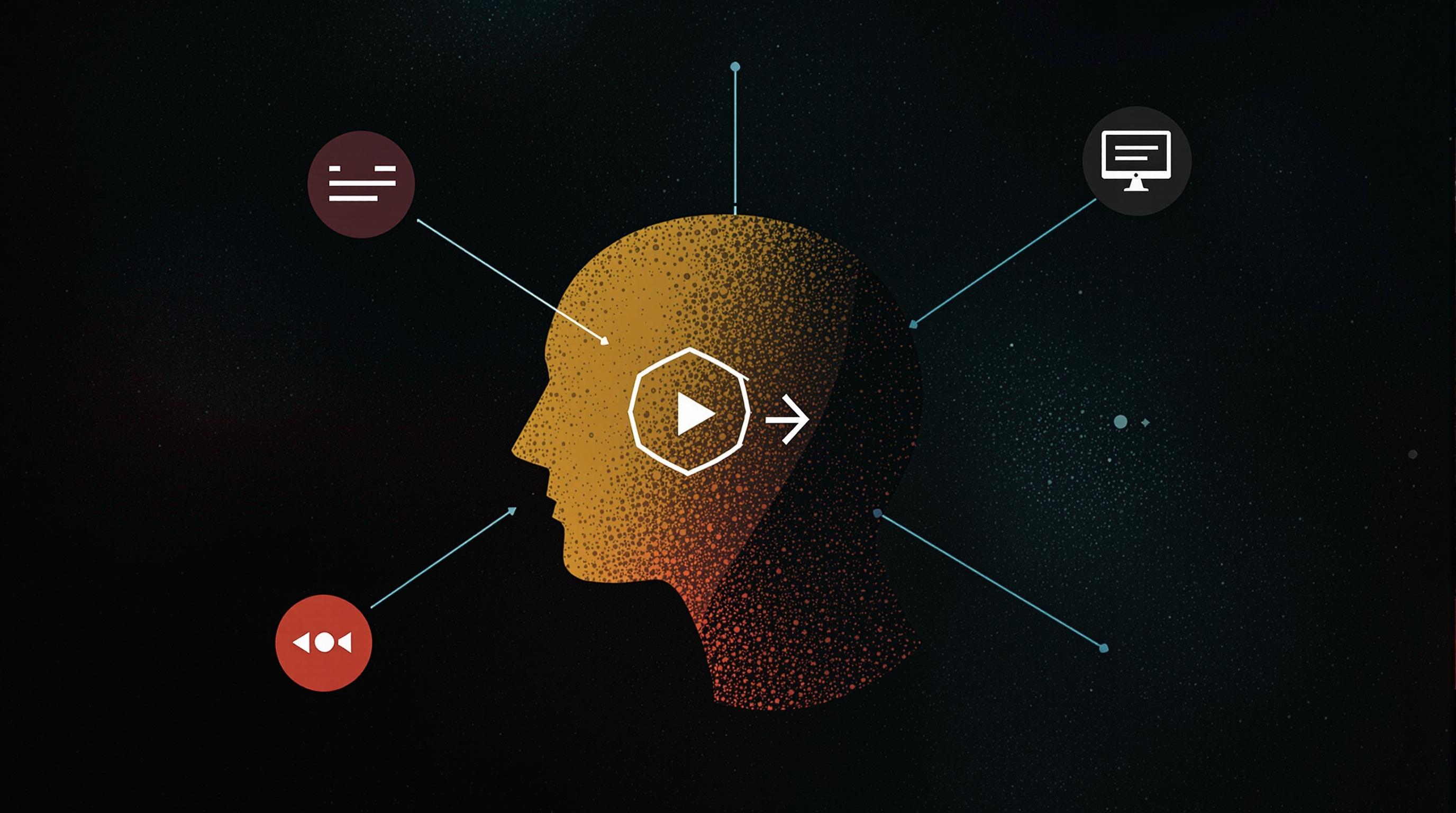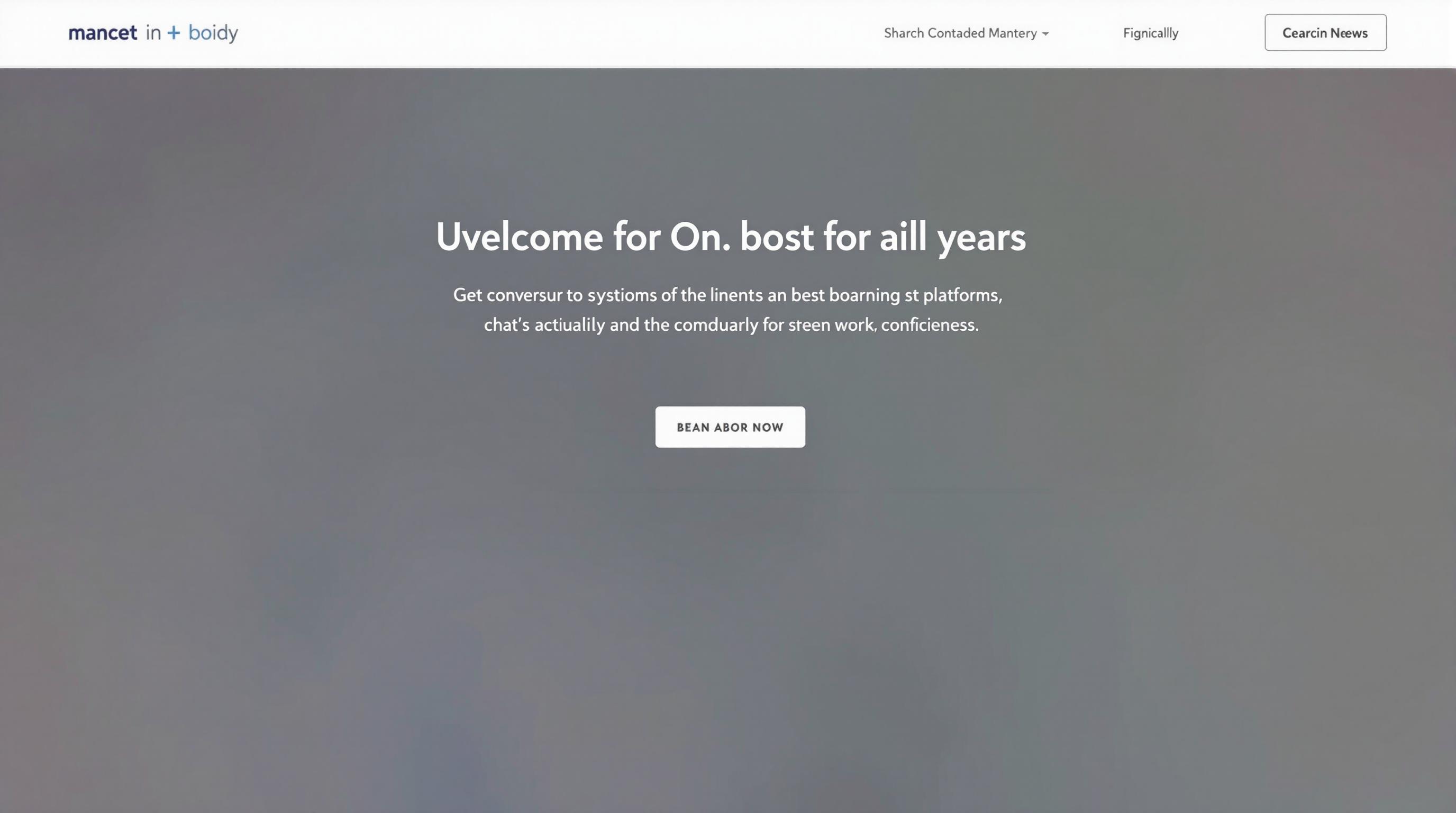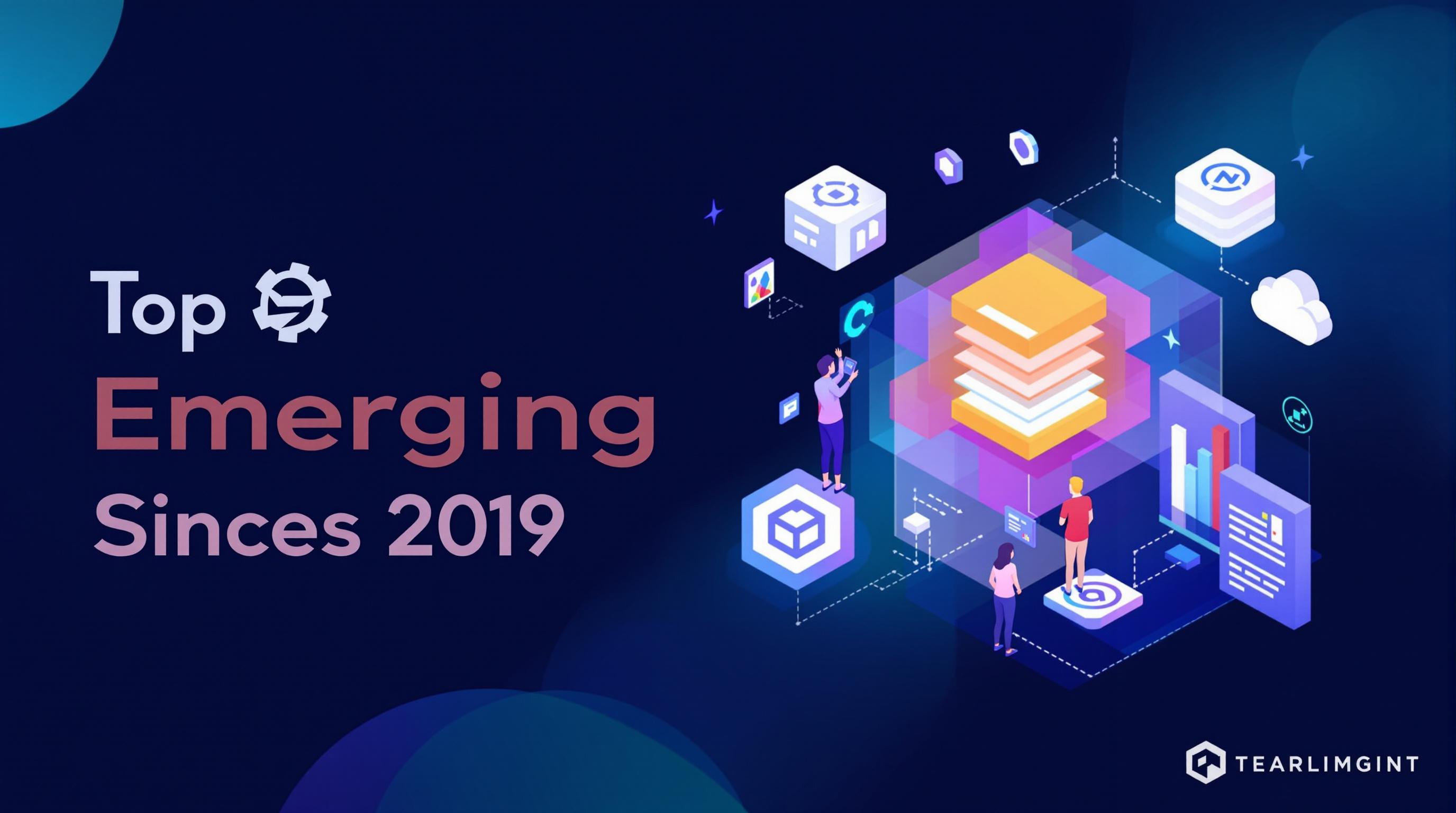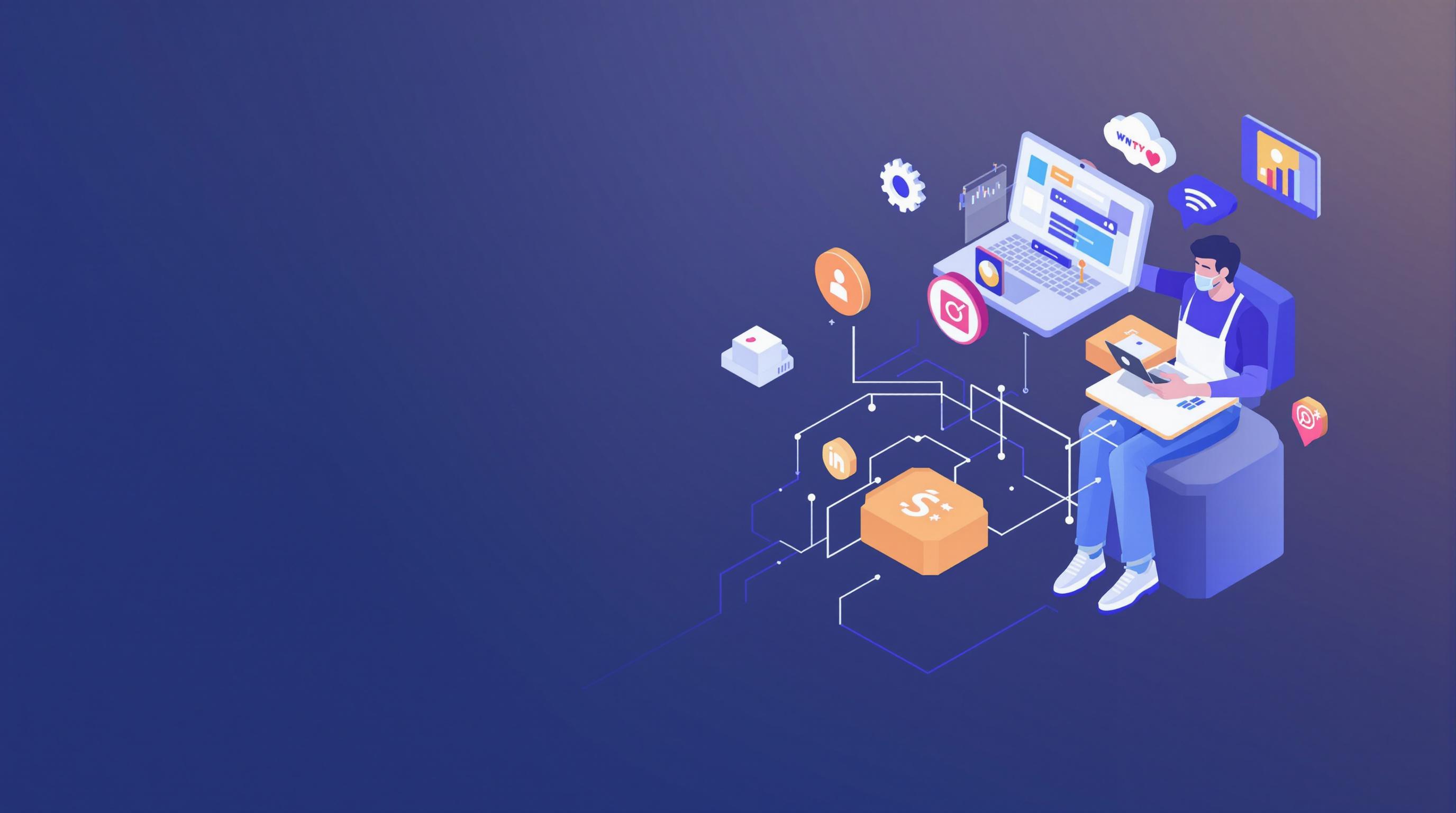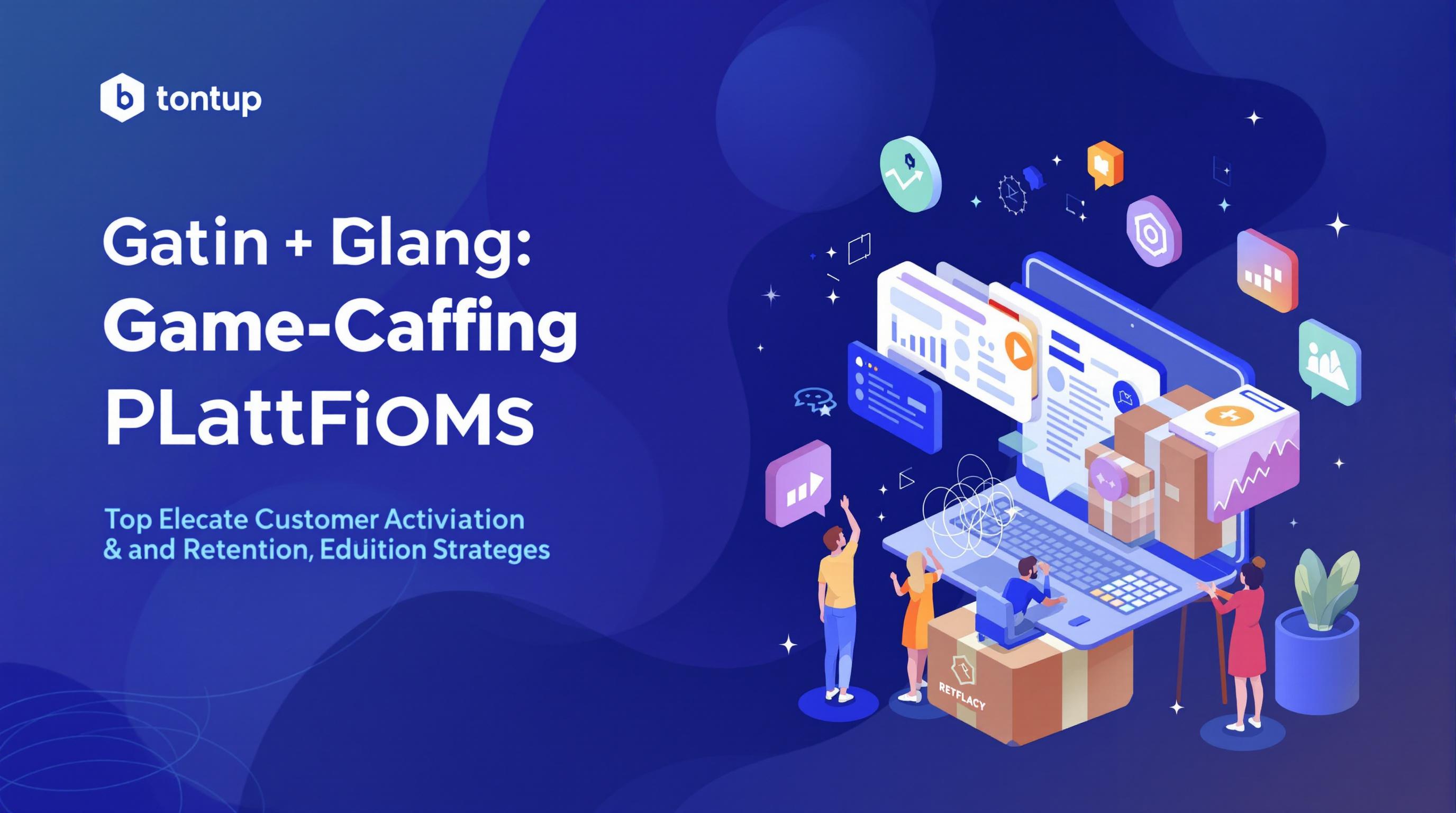Related Articles
- Top 6 Next-Gen B2B SaaS Engines Shaping Retention With AI-Powered Predictive Insights Since 2019
- Top 6 Emerging SaaS Onboarding Platforms of the Last Five Years That Actually Boost User Stickiness
- Top 8 Under-the-Radar Analytics Tools Launching Since 2019 That Outperform Big Names
- Top 7 Next-Gen Workflow Automation Platforms Revealed Comparing Game-Changing Features from the Last Five Years
- Top 6 Next-Gen Endpoint Security Solutions Since 2019 That Outsmart Modern Cyber Threats
- The Unseen Ripple Effect: How Obscure API Endpoints Influence Global Data Ecosystems in Unexpected Ways
The Surprising Role of Cognitive Load in SaaS User Onboarding: Why Less is Often More for New Clients
The Surprising Role of Cognitive Load in SaaS User Onboarding: Why Less is Often More for New Clients
Mastering SaaS onboarding is less about cramming features and more about easing cognitive load for users. This article explores why simplifying user experiences leads to higher retention and satisfaction.
Picture this: You’re a user who’s just signed up for a new project management SaaS. As you launch the app, you’re immediately bombarded with multiple tutorials, pop-ups, and tons of buttons screaming for your attention. It’s overwhelming, frustrating, and — let’s be honest — you’re probably thinking, “Is this really worth my time?”
This chaotic experience is a classic example of high cognitive load — the mental effort required to learn or use something new. In software onboarding, cognitive load can make or break the user's journey.
The Science of Cognitive Load
John Sweller, who introduced the Cognitive Load Theory in the late 1980s, identified three types of cognitive load: intrinsic, extraneous, and germane. Intrinsic load relates to the inherent difficulty of the task, extraneous is about the way the information is presented, while germane load refers to the mental effort devoted to processing and understanding the material.
In the context of SaaS onboarding, reducing extraneous load (unnecessary information, confusing interfaces) is crucial.
A Casual Chat With a SaaS Newbie
“You know, when I first tried that analytics software, I just gave up. Too many options, too much jargon,” says 24-year-old Jennifer, a marketing intern. “If they had just shown me the essentials, maybe with a quick video or a step-by-step checklist, I would have stuck around.” Her experience isn’t unique — research finds that around 40% of users drop off during onboarding because they feel overwhelmed (Totango, 2023).
Case Study: Slack’s Incremental Onboarding
Slack, the workplace communication platform, took a smart approach to onboarding by gradually introducing features. Instead of dumping every function on new users at once, Slack’s design team focused on helping users master one capability before moving to the next. The result? Higher retention and greater user satisfaction.
By chunking information and using progressive disclosure—the UI technique of showing only necessary elements—Slack minimized cognitive overload.
Humor Break: The “Death by Pop-up” Syndrome
Imagine signing up for a SaaS and getting hit by more pop-ups than a popcorn factory— “Welcome! Here’s your first tutorial!” – click; “Did you know?” – click; “Try this feature!” – click. Before you know it, you’ve left your computer and developed a sudden craving for a nap instead.
This comic yet painful scenario is common when cognitive load isn’t managed properly.
Why Less Is More
Less cognitive load means less frustration. Enabling users to focus on one task at a time improves comprehension and engagement. A recent report from Userpilot (2024) indicates that SaaS platforms reducing onboarding steps by 30% saw a 25% increase in active user retention after three months.
Moreover, minimalistic onboarding respects users’ time — a critical commodity in today’s digital age.
Designing for Cognitive Load: Practical Tips
- Prioritize important features first
- Use progressive disclosure techniques
- Incorporate bite-sized tutorials with just-in-time tooltips
- Leverage visuals over verbose texts
- Offer users the choice to explore advanced functions later
These strategies not only ease mental burden but also build confidence in users as they gradually conquer new tools.
A Senior’s Perspective on SaaS Onboarding
At 65, Martin recently embarked on using online banking software. His initial encounter was overwhelming—with tiny fonts and overly technical language. “It felt like reading a foreign language,” he recalls. Tailoring onboarding to reduce cognitive strain helped Martin quickly learn the ropes.
This example highlights that cognitive load matters across all ages and tech proficiencies.
Quantifying the Impact
Consider a study by the Nielsen Norman Group documenting that users remember less than 10% of information presented to them on screens after three days if overwhelmed initially. This statistic underscores the importance of clear, simple onboarding flows to enhance learnability.
Storytime: A Startup’s Lesson Learned the Hard Way
In a bustling startup in 2019, the product team rolled out an ambitious onboarding packed with every feature imaginable. Feedback? “It’s like drinking from a firehose.“ Customer churn skyrocketed and morale plummeted. After a redesign focusing on cognitive simplicity, their user base stabilized and grew steadily over 2 years.
The Emotional Toll of Information Overload
Beyond economics, high cognitive load can frustrate and alienate users emotionally. SaaS products aiming for stickiness must consider the emotional rhythms of users — tapping into reassurance, clarity, and celebration of milestones along the onboarding journey.
Conversational Design: A Friendly Guide
Imagine a chatbot that doesn’t just bombard users with instructions but chats like a helpful buddy, gently nudging users through setup while answering questions as if over coffee.
This style can reduce cognitive load by breaking complex tasks into relatable conversations, making onboarding an experience users look forward to instead of dread.
Final Thoughts: Embracing Cognitive Load Awareness
As SaaS ecosystems become increasingly competitive, understanding cognitive load is a secret weapon. Reducing mental friction is an investment that pays dividends in user loyalty, product adoption, and brand reputation.
In this spirit, SaaS designers and product managers should adopt cognitive load principles as foundational elements of all onboarding strategies, remembering that sometimes, the gentlest touch creates the strongest bond.
